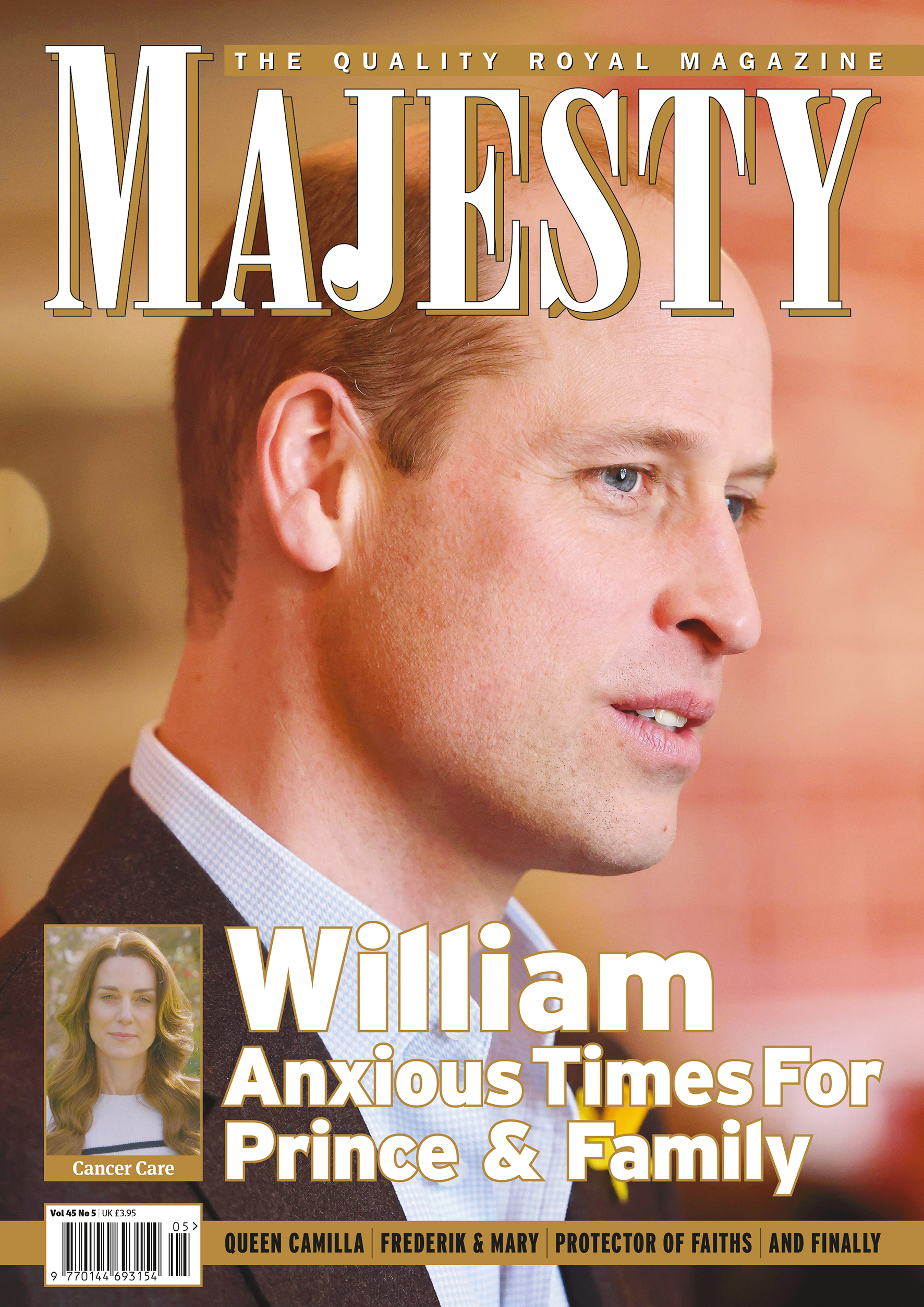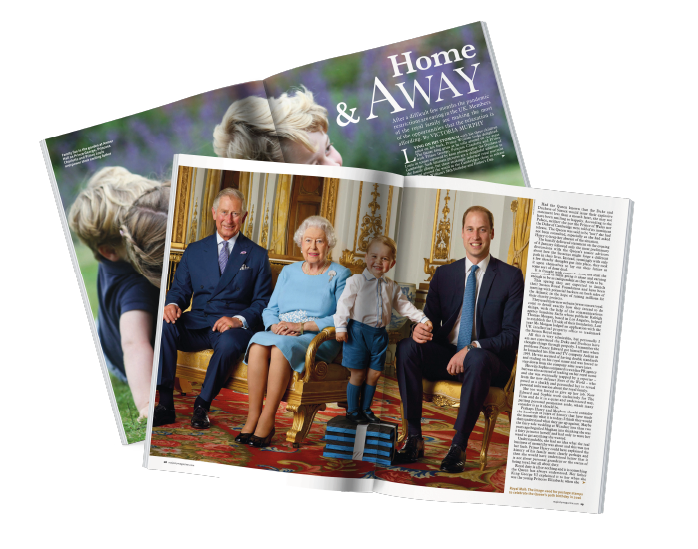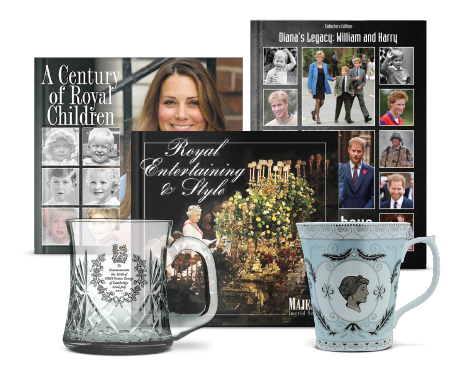
never miss an issue

The history of the British monarchy in the last 200 years reveals a cyclical ebb and flow of its popularity. Records show that in the late 18th century stories published about members of the royal family exposed them to public scrutiny in a way never previously experienced. Long before George IV became king in 1820 his character and extravagant ways were regularly lampooned by cartoonists.
The modern equivalent is being represented – or rather misrepresented – in screen dramas such as The Crown and most recently Scoop, the sensational story of the Duke of York’s disastrous interview with Emily Maitlis for BBC’s Newsnight. Actor Rufus Sewell plays Prince Andrew superbly, picking up his mannerisms and nuances of speech from the interrogation that quickly led to his downfall.
Fluctuations in the monarchy’s popularity, and that of individual royals, have much to do with how well the monarch of the day represents the values of the majority. The late Queen displayed this by seldom demanding personal privilege and complying with the rules of her government. She understood the royal family should appear both relevant and cost-effective to the general public.
The balancing act which Elizabeth II achieved so successfully has continued into the reign of King Charles III in spite of – or maybe because of – the family problems that have beset him this year.
In order to bolster revenue and allow visitors to enjoy more than just the gardens and the ballroom at Balmoral Castle in Scotland, the King is extending the experience to include rooms never previously visited by members of the public. These include the library and the drawing room where the last photographs of Her late Majesty were taken as she appointed her final British prime minister, Liz Truss. This is also where the family gather for drinks before dinner.
Visitors will move on to the small dining room where the family have tea and then the larger dining room, scene of many a jovial dinner party, including one hosted by the late Queen on the Sunday before she died. She sat with a Bowes Lyon cousin, David Bertie, who was staying for a shooting party, and appeared completely on the ball.
Another challenge has been the hole in the royal charity coffers since the Covid pandemic of 2020. Royal Collection Trust, which masterminds the Buckingham Palace summer opening, has this year extended its visitor trail for those fortunate enough to snap up the limited supply of £75 tickets for a new tour of the refurbished East Wing, including the Centre Room behind the world’s most famous balcony. The King is a great believer in showing the public as much as possible of the mechanics of Buckingham Palace, which at the present time he uses as a workplace rather than as a residence because of the ongoing reservicing programme that is due to end in 2027.
I should like to take this opportunity to send our best wishes to the Princess of Wales, who bravely announced her cancer diagnosis to the world in a video message on 22 March, for a speedy return to full health. Prince Louis celebrated his sixth birthday on 23 April and this month Princess Charlotte will be nine on 2 May.




